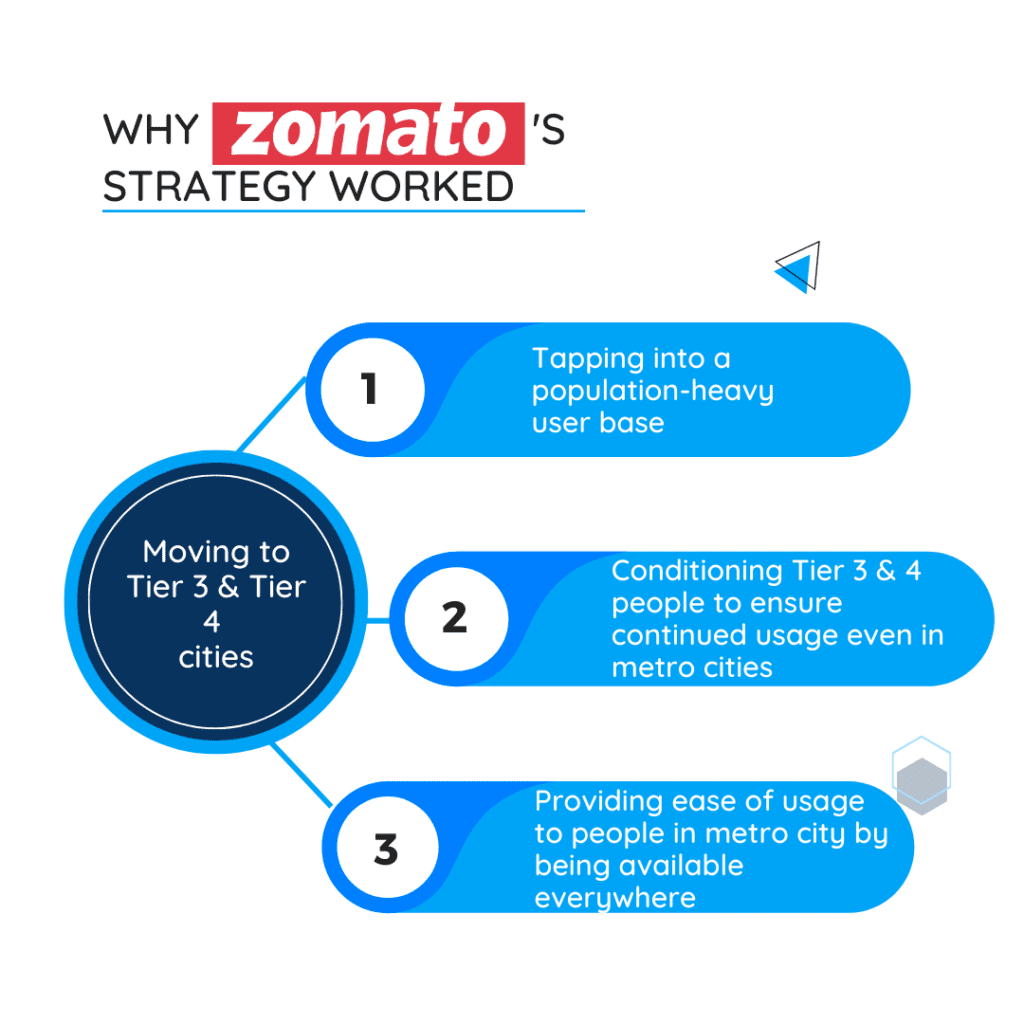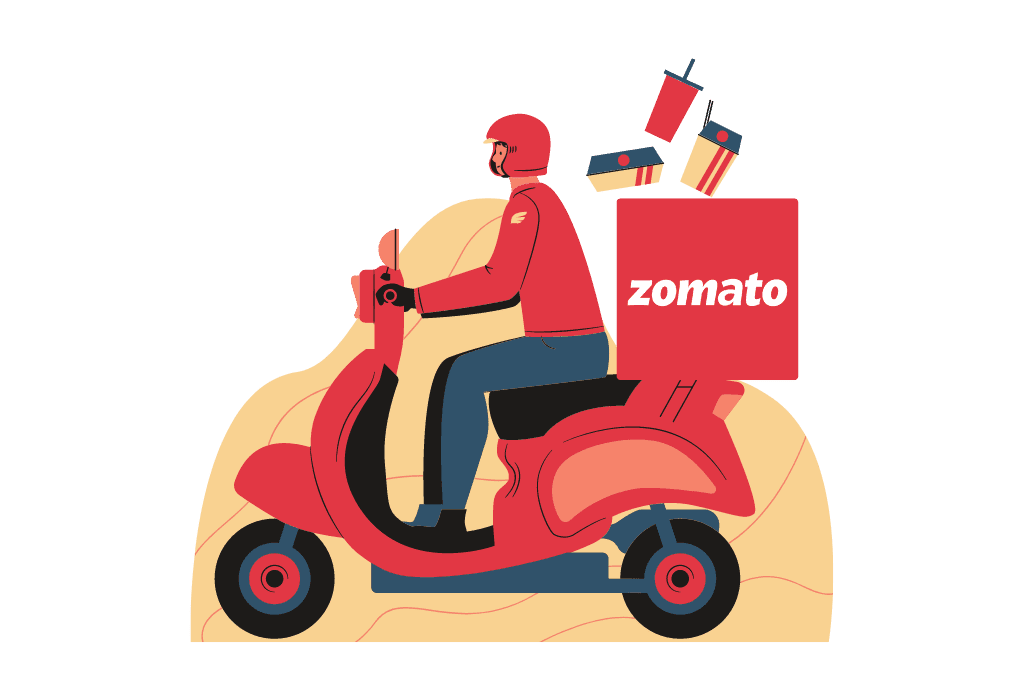Introduction
The food delivery space is as competitive as it gets! And riding the tides like a Titan is Zomato, a multinational restaurant aggregator and food delivery company founded in 2008.
The company has been a force to reckon with, with stellar marketing campaigns and compelling efforts towards customer acquisition. However, the journey has not been easy.
Competitors have been trying to strengthen their position in their market, eyeing the immense potential of the food delivery industry. Zomato has not been sitting idle either.
We breakdown and analyze an important tactic employed by Zomato to fight competition.
Problem Statement- Why was Zomato worried?
The competition among food delivery applications has been on an all-time high. The companies in the industry are burning their funds for attracting and acquiring new customers. One of the most often used method has been attracting users by giving heavy discounts.
Despite the short-term results, this approach is not sustainable in the long run. Companies are discovering that burning cash for customer acquisition cannot be the only method of fighting competition. Companies cannot operate in negative revenue forever.
Another huge problem with this method is that it brews disloyalty among the users. With companies competing purely by offering discounts, users became more prone to switch to the application that is giving better discounts at that moment.
Zomato needed to find a way out of this problem.
The Solution- Targeting Smaller Cities
While the competitors were busy burning their funds to provide discounts for customer retention, Zomato decided to take a different route.
Expanding to Tier 3 and Tier 4 cities in India.
Zomato started to expand its operations in rural and suburban area. Meanwhile their operations in metro cities continued at the same pace.
The move to Tier 3 and Tier 4 cities increased the overall sales by an unexpectedly high value and also increased the user strength in metro cities.
Analysis- Why it Worked?
This tactic has worked wonders for the company. In a recent interview, the CEO of Zomato said:
“While the growth in the top 15 cities has tripled in the last 12 months, our emerging cities now contribute 40 per cent to our business,” Zomato CEO.
But why did Zomato see such results?

The strategy worked as a dual force for the company:
Firstly, the company was able to onboard rural and suburban users to their application. Zomato was able to tap into a user base that happens to be the highest contributor in terms of population.
Secondly, in India majority of the urban population consists of migrants from Tier 3 and Tier 4 cities. By focusing on smaller cities before its competitors, Zomato was able onboarded people who would get accustomed to using their application in Tier 3 and Tier 4 cities. When these people migrate to bigger metro cities, guess who they turn to when they want to order food.
Zomato, obviously!
The application that they have been using in their hometowns.
This move also gave them the upper hand of being the only one to deliver food in a lot of small cities, increasing the user count substantially.
This even had an effect in the opposite direction. It increased the loyalty and retention of its metro city users. Since majority of metro city users are also migrants from smaller cities, they became recurrent and loyal users of Zomato-not just in metro cities, but also when they were back home.
Zomato was providing the unique value of being available at every place they would visit.
And that’s one of the ways Zomato has been fighting competition successfully.
Conclusion
Freebies will only get you so far. At the end of the day, value takes the cake and wins over.
Value may be in terms of quality or ease of accessibility.
Noticed any unusual moves taken by businesses lately?
Let us know in the comments below and we’ll provide our insights into their business decisions.



